KENYA’S MAGICAL FORESTS
It’s World Wildlife Day and this year the spotlight shines on forest ecosystems and the central role they play in sustaining the livelihoods of almost 1.6 billion people around the globe.
Forests cover over a third of our planet and are home to 80% of all land animals and plants. Tropical forests (like the type we have here in Kenya) cover less than 7% of the Earth’s land, yet they are home to around 50% of all living things.
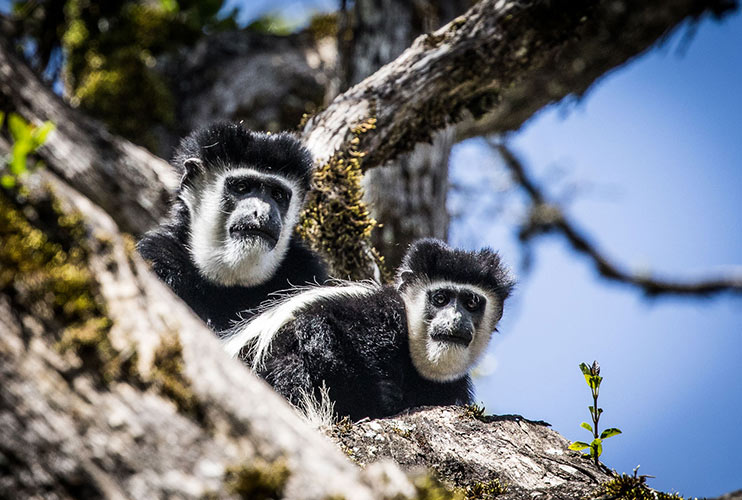
Kenya’s forest ecosystems support an incredible biodiversity of species © Scott Ramsay
These are the forests that contain biodiversity, these are the forests that help us retain water when it rains and keep our rivers flowing, these are the forests that many future generations will need.
~ Wangari Maathai on indigenous forests.
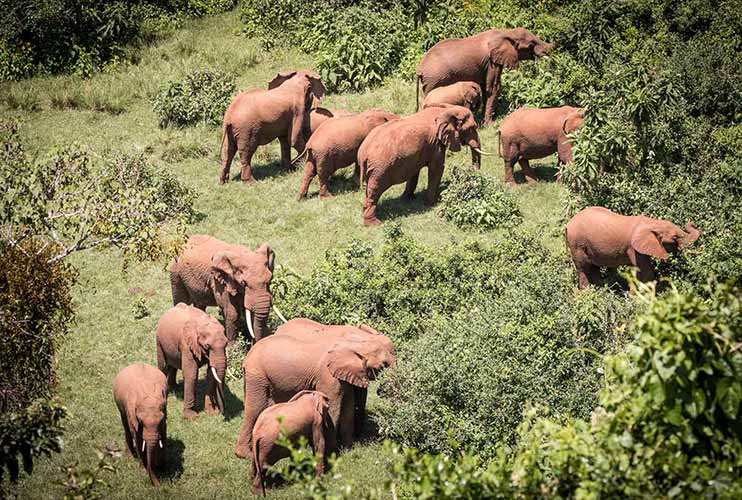
Elephants browse in the Aberdare Forest © Scott Ramsay
Oxygen releasers, pollutant filterers, medicine providers, city coolers, givers of drinking water and so much more. Trees are truly magical in the way that they enable humans to thrive on Earth.
A single tree can sequester up to 50 kilograms of carbon dioxide a year, making forests a key tool in helping to stop climate change. Over the last two years at The Safari Collection, we have been offsetting our carbon footprint by supporting the conservation of three incredible forest ecosystems in Kenya:
MOUNT KENYA
The forest-covered slopes and foothills of Africa’s second-highest mountain are richly biodiverse. Home to 81 endemic plant species and a refuge for Kenya’s second-largest elephant population and third largest lion population, it was designated a UNESCO World Heritage Site in 1997.
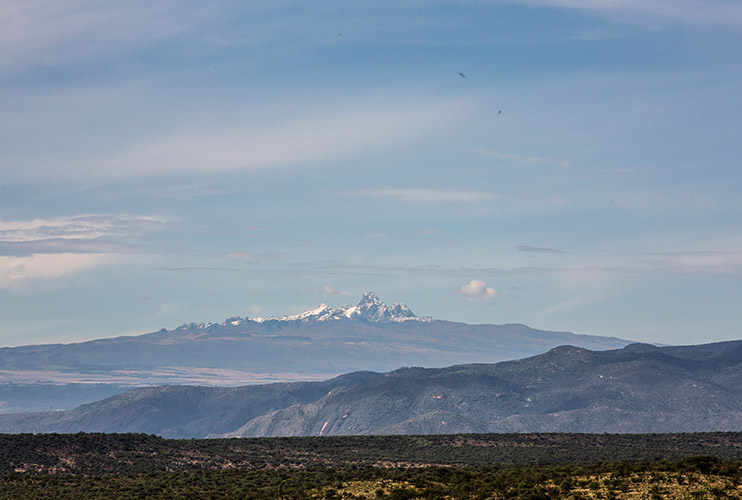
The snow-capped peaks of Mount Kenya rise to 5,199 metres © Mark Boyd
Revered by all those who live under its shadow, this mighty mountain and its forested slopes are the source of an estimated 95% of Nairobi’s water. Millions of people in Kenya’s capital and beyond rely on rains that fall on this mountain, making it one of Kenya’s five great water towers. Trees play a crucial part in the storing and slow release of this water, but due to illegal logging for timber and charcoal, the forest is under threat.
Mount Kenya Trust works closely with forest-edge communities and has regenerated hundreds of hectares of forest through indigenous tree planting schemes.
MANGROVES & SEAGRASS
Mangrove forests and seagrass meadows line the turquoise shores of Kenya’s coasts and are even more heroic than land-dwelling forests when it comes to climate change. Known as ‘blue carbon ecosystems’, they are up to ten times more efficient at storing carbon dioxide than terrestrial forests. This is because the carbon they absorb is locked away for thousands of years deep within their water-logged soils.
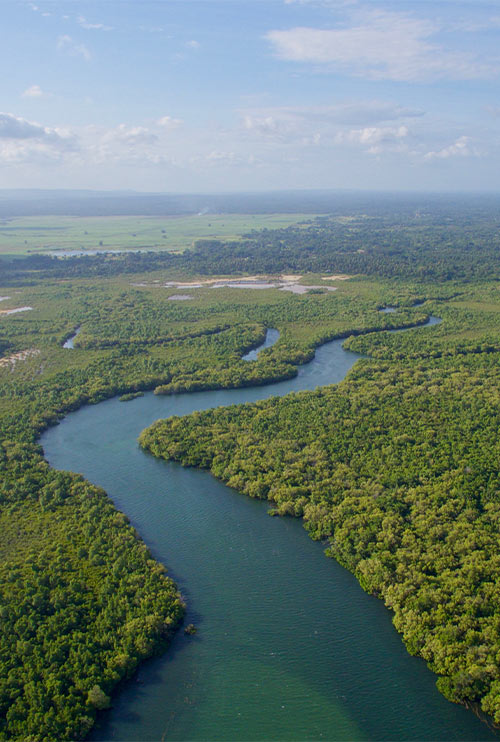
Mangrove forests at Gazi Bay in Kenya
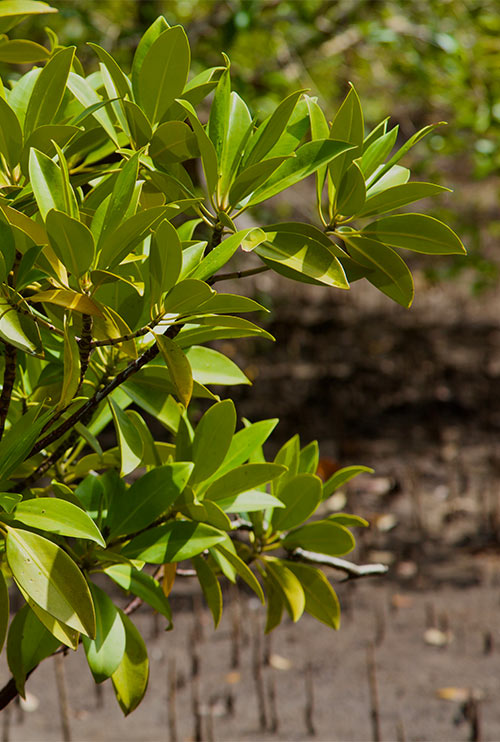
Close-up of a mangrove tree
Mangroves are the only species of tree in the world that can tolerate salt water. They keep their salt toxicity levels in check by excreting it through their leaves.
These beautiful marine ecosystems are vital nursery habitats for thousands of fish and other sea creatures, from turtles to dugongs. Just a single acre of seagrass alone can support over one million species. They also support the livelihoods of millions of people through fishing, which in turn feeds coastal populations. Without mangroves and seagrass, our coastlines would look vastly different; they act like ‘glue’, holding the coastline together and protecting against erosion and storms.
Mangrove forests and seagrass meadows are disappearing at an alarming rate. Through the Association for Coastal Ecosystems Services (ACES), we’re supporting two pioneering projects on the southern Kenyan coast: Mikoko Pamoja (‘mangroves together’ in Kiswahili) and Vanga Blue Forest. These two community-based organisations (CBOs) are regenerating mangrove and seagrass ecosystems in a unique way, using the sale of carbon credits to fund community development.
EBURRU FOREST
Eburru Forest is another of Kenya’s last remaining pockets of indigenous mountain forest. It is part of the larger Mau Forest Complex and is also one of Kenya’s five great water towers. Rich in biodiversity, it is one of the last remaining habitats of the critically endangered Mountain Bongo. Through our partnership with Eburru Rafiki, a local CBO, we’ve helped regenerate degraded areas which suffered deforestation for crops and logging several decades ago. By working in partnership with forest-edge communities to develop sustainable farming practices, Eburru Rafiki is helping to secure a future for this green island of biodiversity.
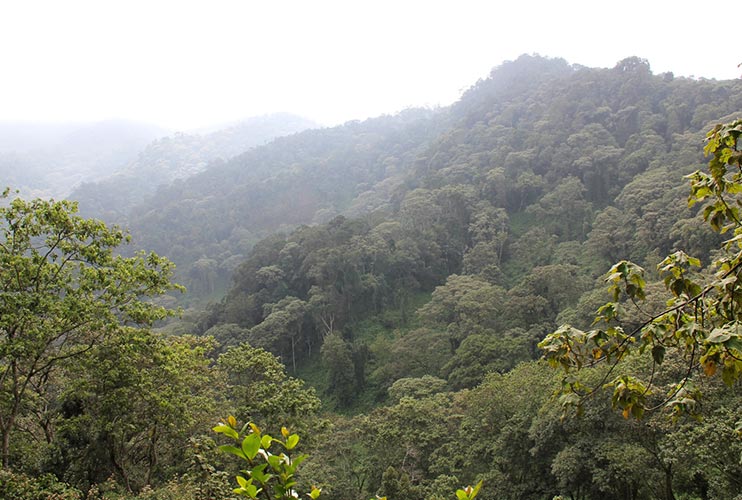
Indigenous trees cover the valleys and ridgelines of Eburru Forest
We look forward to sharing more projects over the coming year of precious forests we want to help protect.
Our support for the conservation of these indigenous forests is offsetting The Safari Collection’s unavoidable carbon usage. However, our primary goal is, of course, to reduce our carbon consumption altogether. Visit our sustainability page to discover how we keep our footprints on the planet as light as possible.
RELATED NEWS

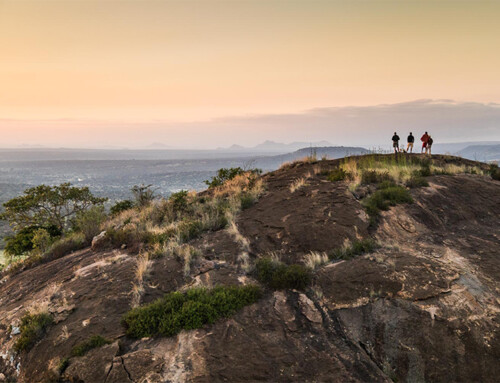
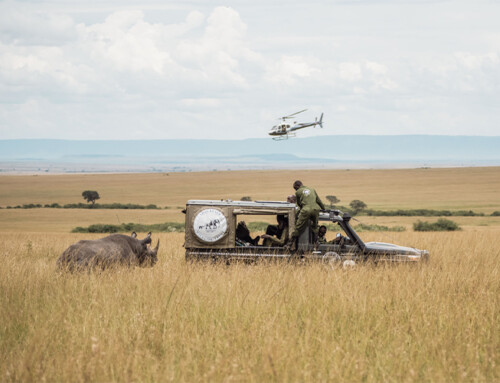
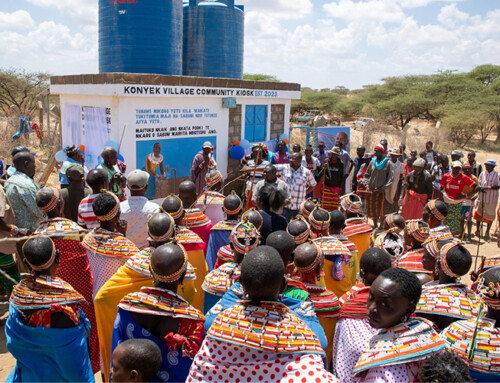
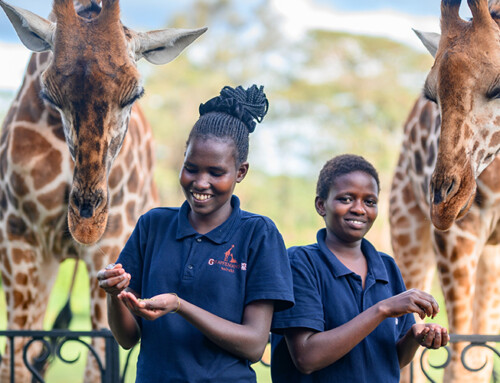
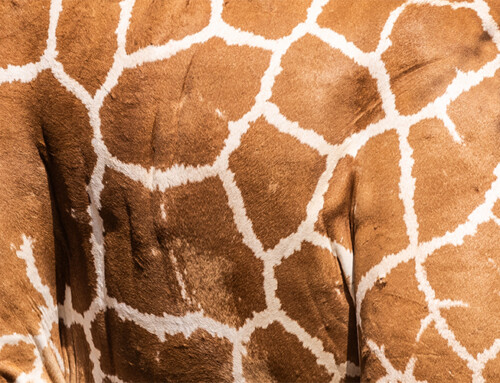
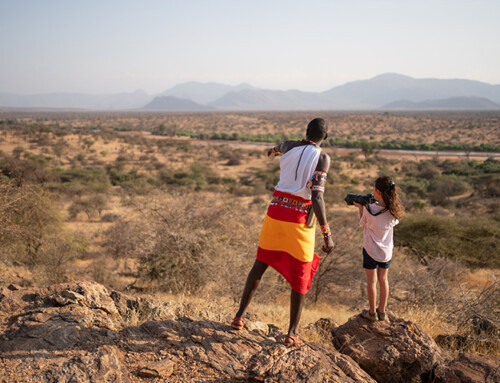
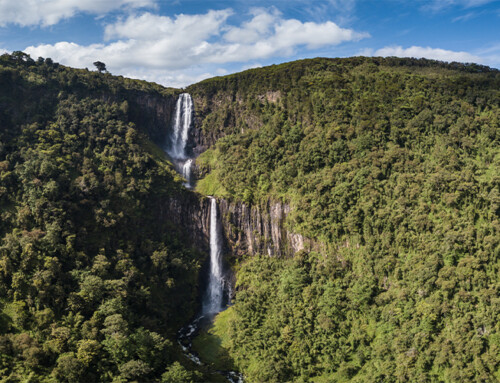
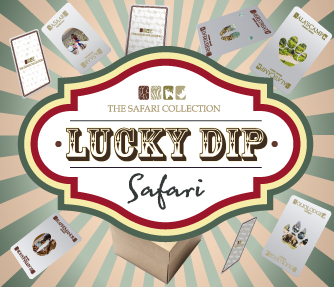

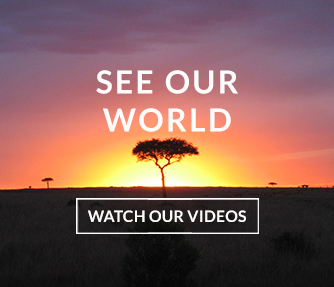




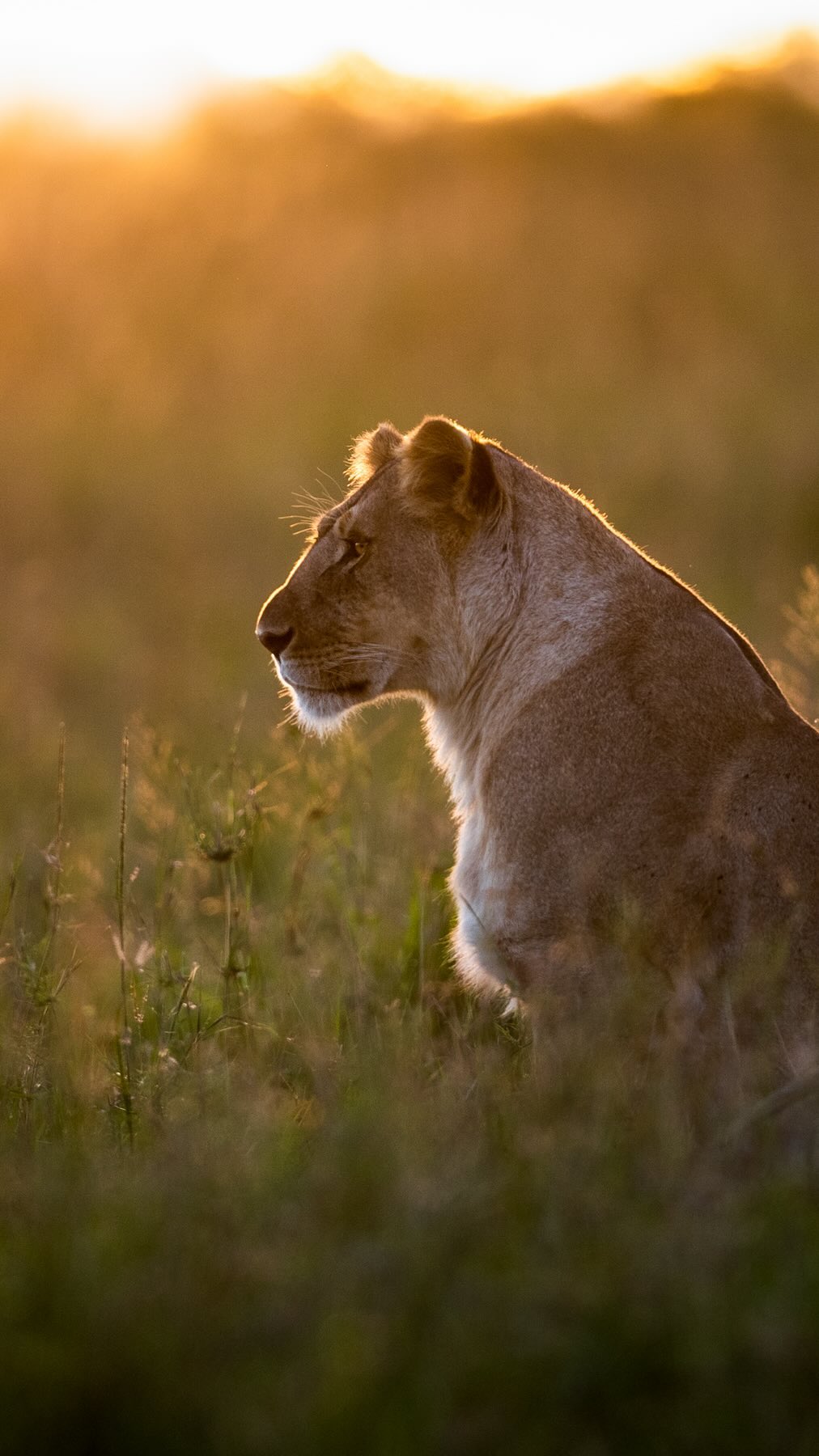
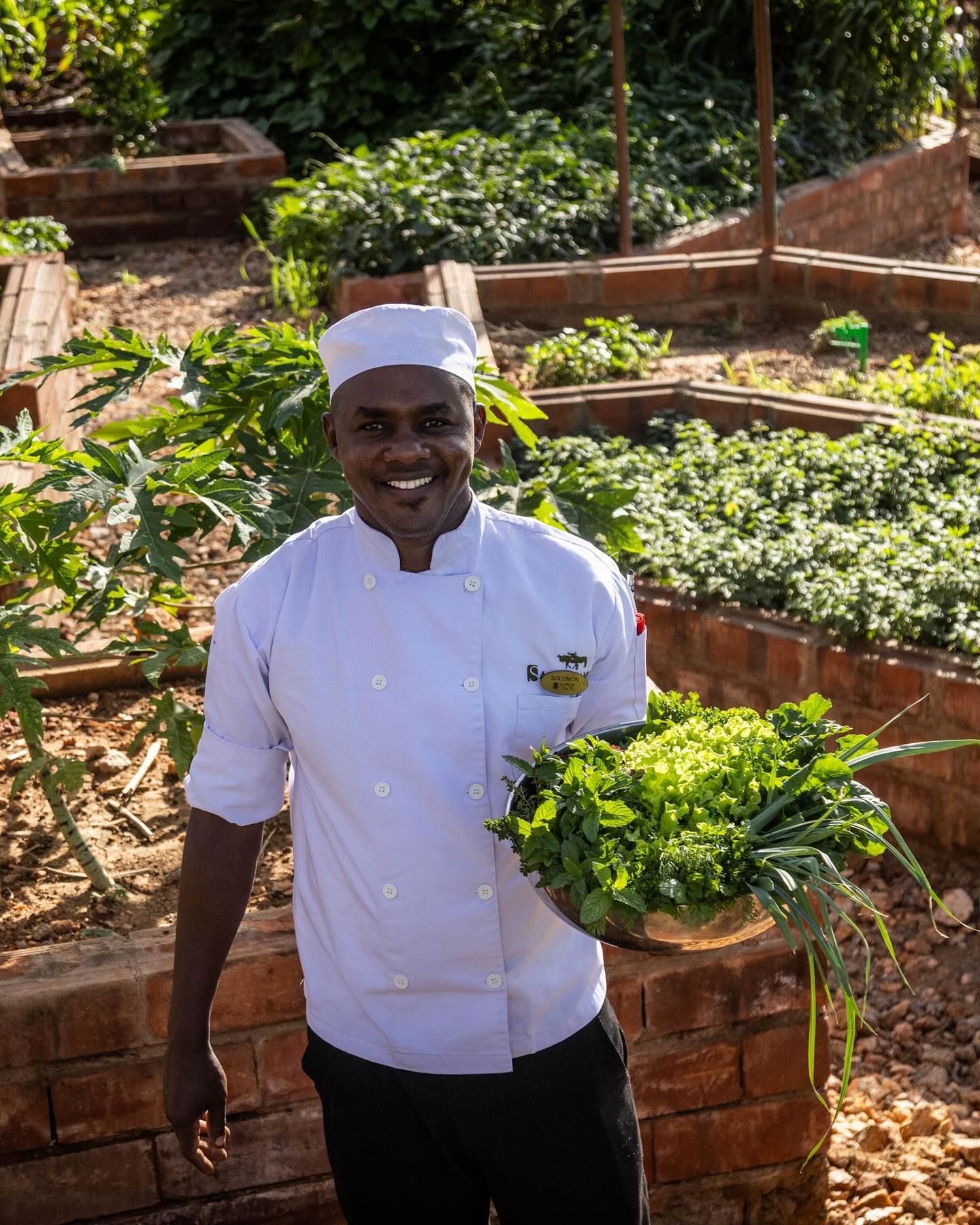
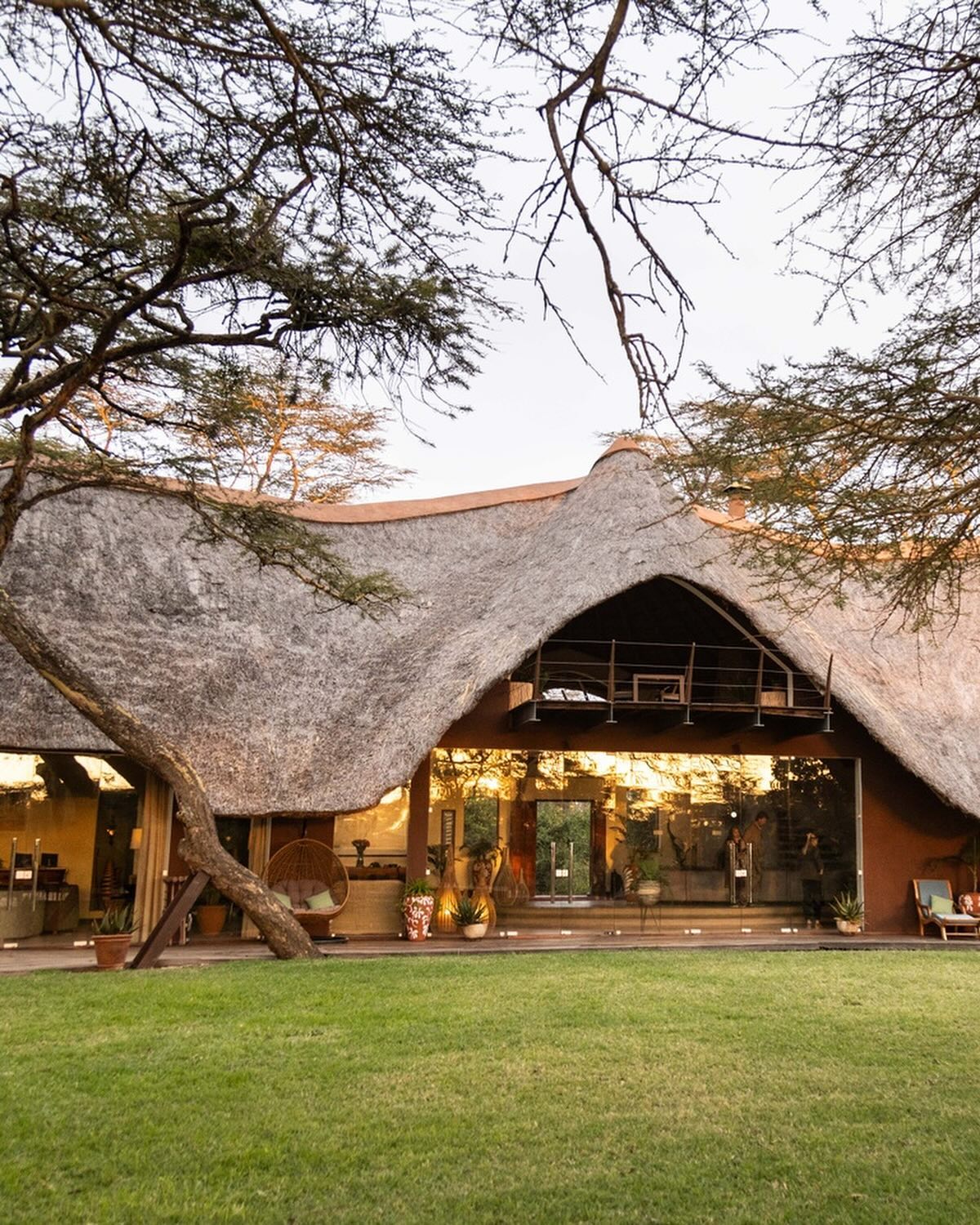
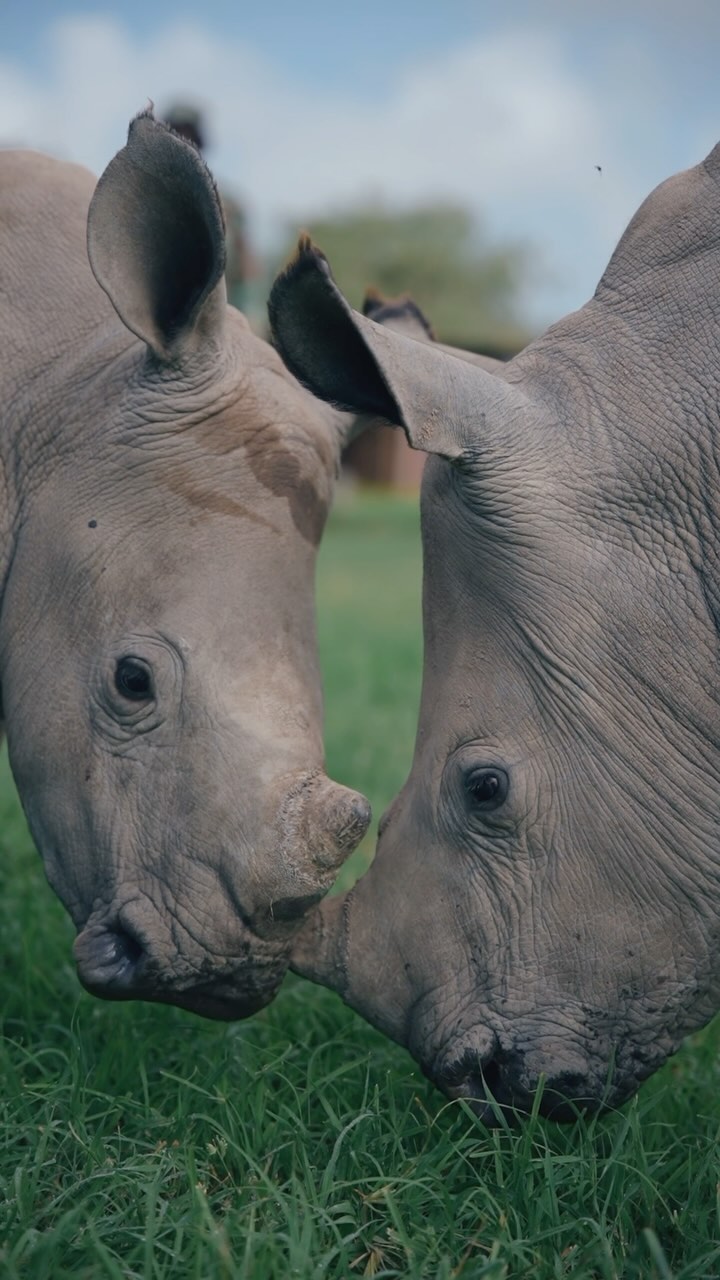
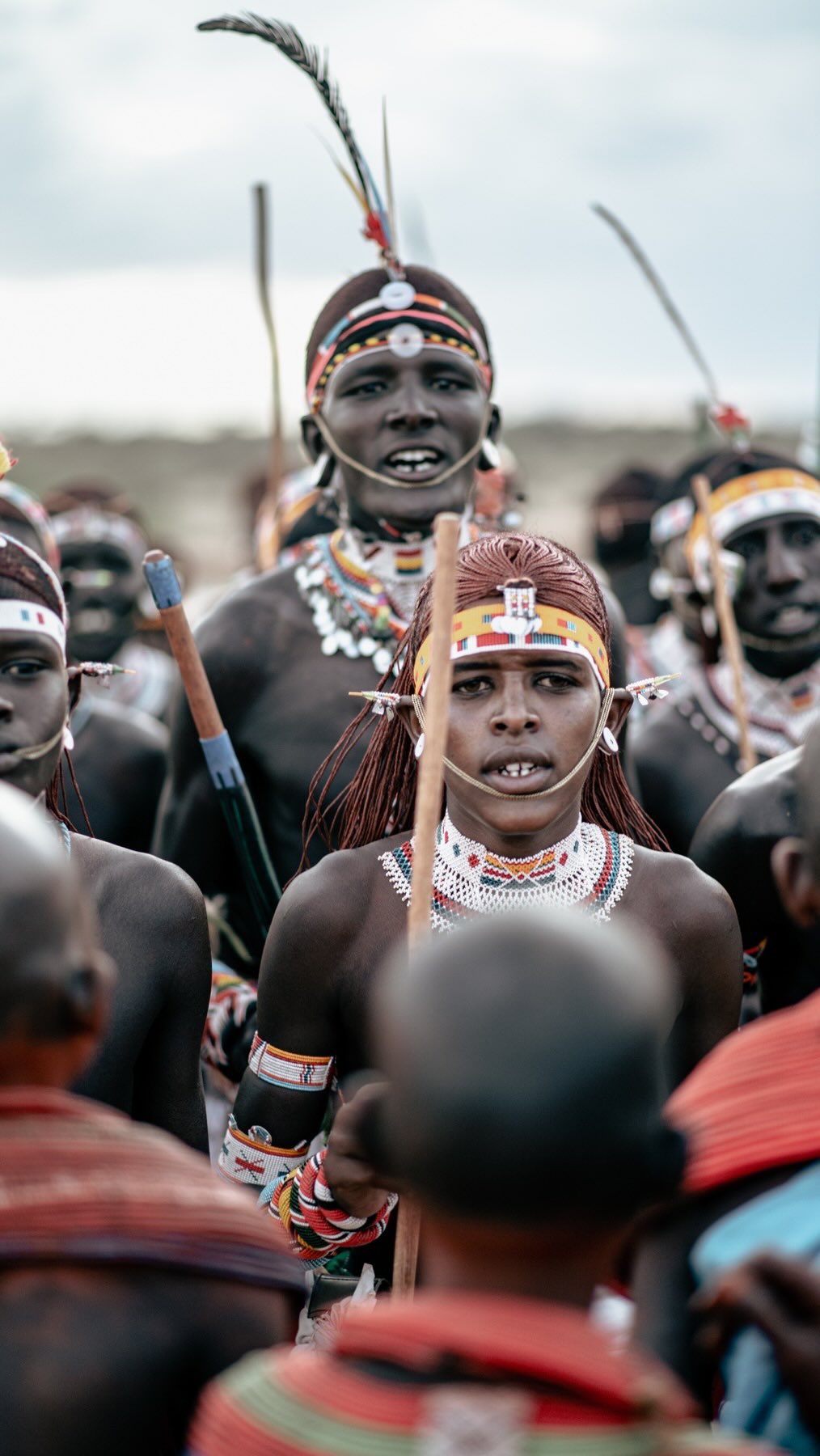
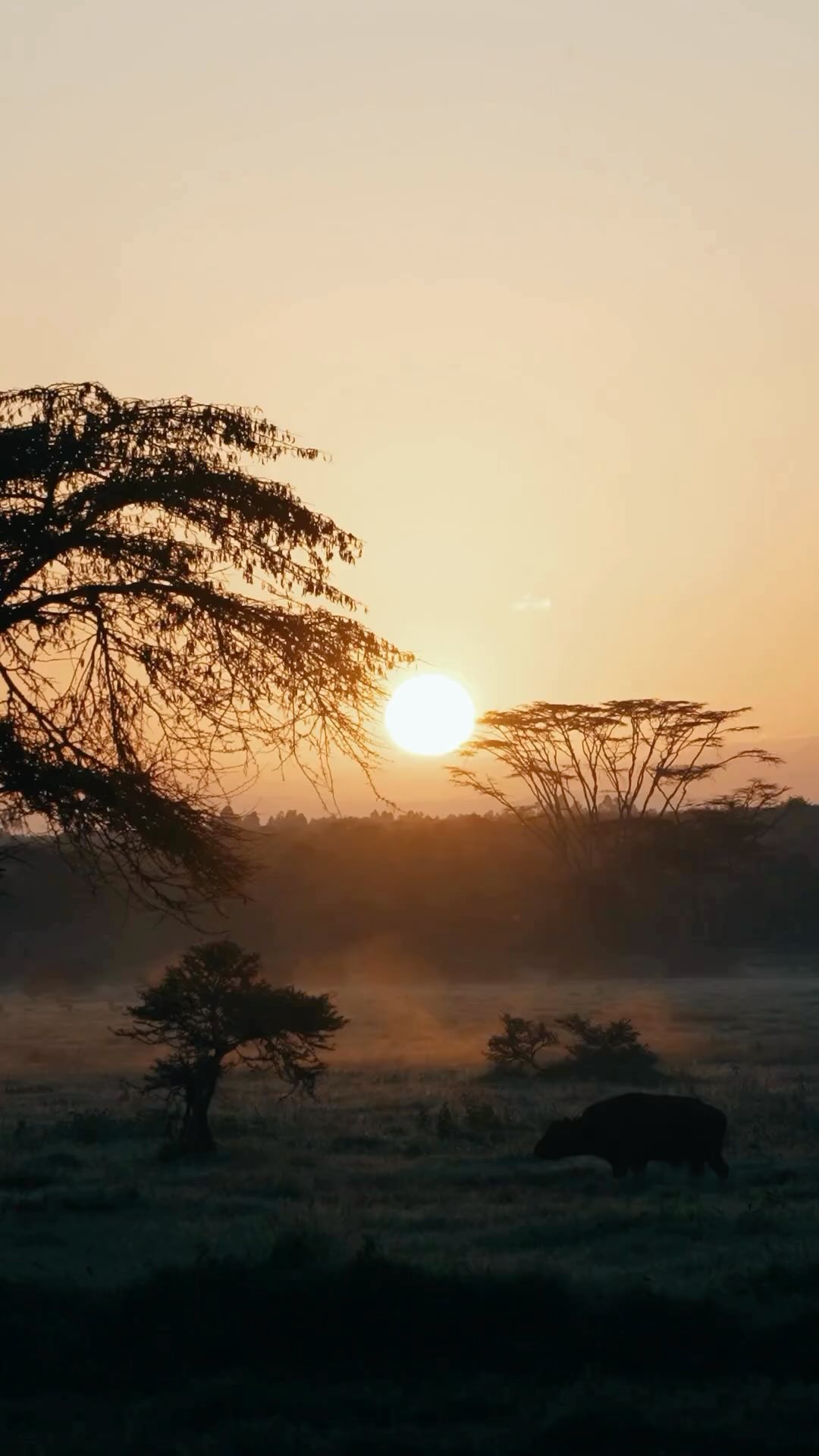
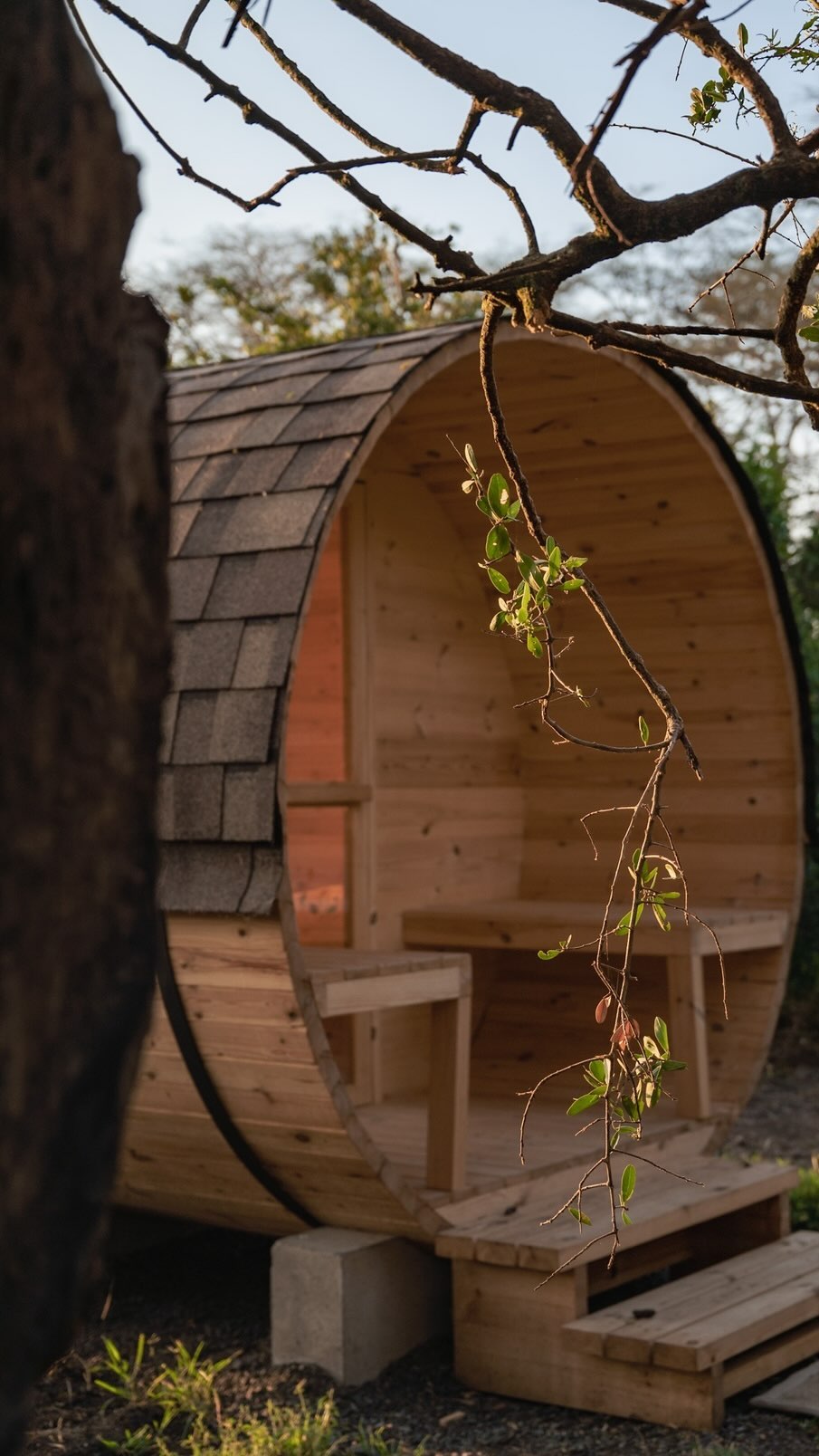

CONNECT & FOLLOW